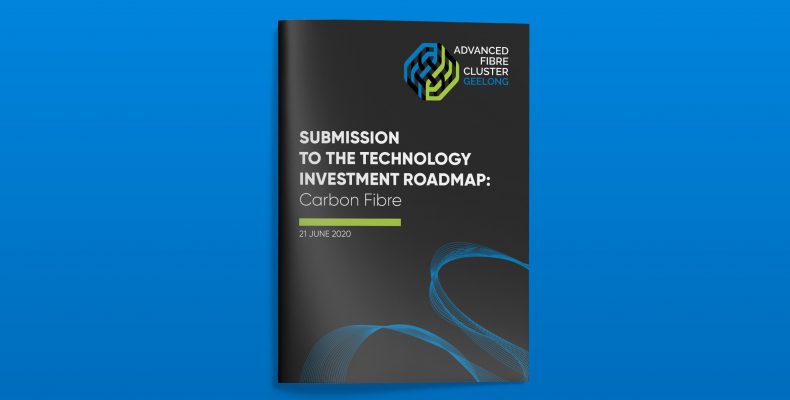The Advanced Fibre Cluster has demonstrated the value of carbon fibre and advanced composite technologies in reducing emissions in a new submission to Government.
The Federal Government is seeking expert input to help it develop a national “Technology Investment Roadmap” that will drive funding of low emissions technologies, strengthening the economy and supporting jobs and businesses.
Deploying the right technology when and where it is needed will allow Australian industry to capture new opportunities, the government says.
The AFCG submission notes carbon fibre composite products are catalysing a low-emissions future by enabling light-weighting of vehicles and complex structures such as components in aerospace and energy generation.
Australian companies working in the development of these products export to the furthest reaches of the globe, and they have achieved this by investment in research and development and constant innovation in product and process improvements.
“These are nation-leading businesses involved in high end manufacturing,” the submission says.
“Light weighting of materials is catalysing a low emissions future,” the submission says. “Research in Australia in this area is world-leading.”
At almost four times the strength of steel, carbon fibre exhibits outstanding properties while weighing significantly less. These qualities make it the ideal candidate as the government looks for technologies to help build a low-emissions future for Australia.
Driving investment in advanced fibre material production and composite product technologies will drive fuel efficiencies, extend electric and other alternative vehicle range, improve high-value aerospace structures and applications in a growing number of sectors, the AFCG submission says.
Australia supplies world-leading composite products, especially into the aerospace and mobility industries, both in the defence and commercial sectors. This is critical because smaller passenger and commercial vehicles account for an estimated 10 per cent of Australia’s total CO2 emissions.
“Australia’s low-emissions future depends on the supply of cutting-edge lightweight advanced fibre composite materials and the technologies and capabilities to manufacture these.”
The AFCG notes global demand for these products and technologies is growing, for example in the development of more efficient blades for wind turbines, light-weighting for battery electric vehicles, carbon fibre vessels for onboard hydrogen storage and fuel cell plates for electric vehicles.
The submission also notes research is underway that promises to see Australian agricultural or forestry waste or abundant coal resources become the raw material source for alternative “precursor” materials in the making of carbon fibre.
Victorian brown coal or lignite is a near ideal naturally-occurring precursor material for all sorts of carbon products and is comparatively cheap due to its massive accumulation in large deposits that are already operational and readily mined by open cut methods.
The Federal Technology Investment Roadmap, which will help shape the Long Term Emissions Reduction Strategy, has been designated as a key priority on the road to recovery from COVID-19 and is part of a ‘technology not taxes’ approach to reducing emissions.
Read the Cluster’s submission here.
For further information about the Roadmap, visit the Department of Industry, Science, Energy and Resources.
Jul 2020
